from 0 review
Daily Tour
Unlimited
___
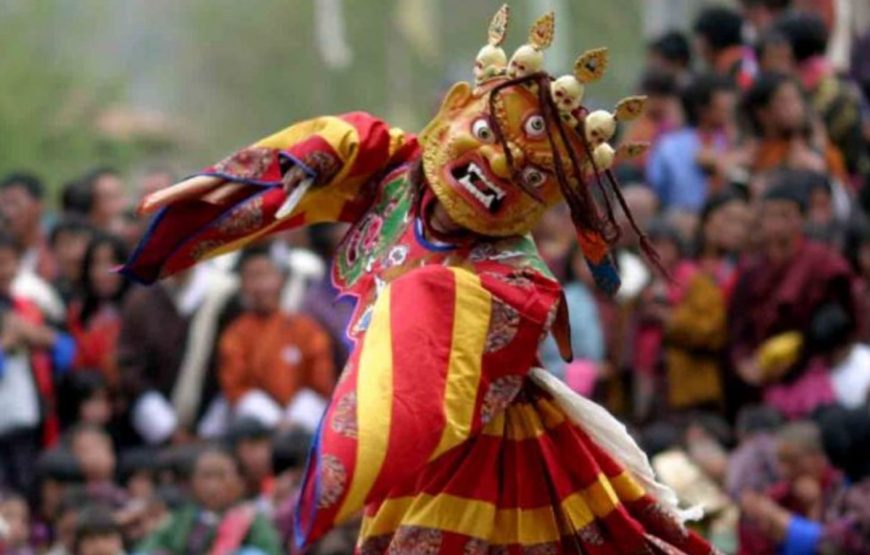
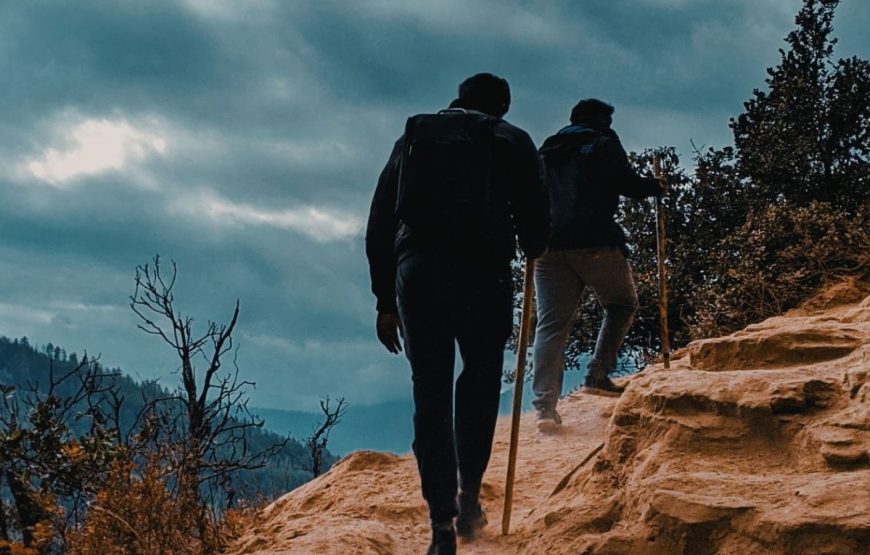

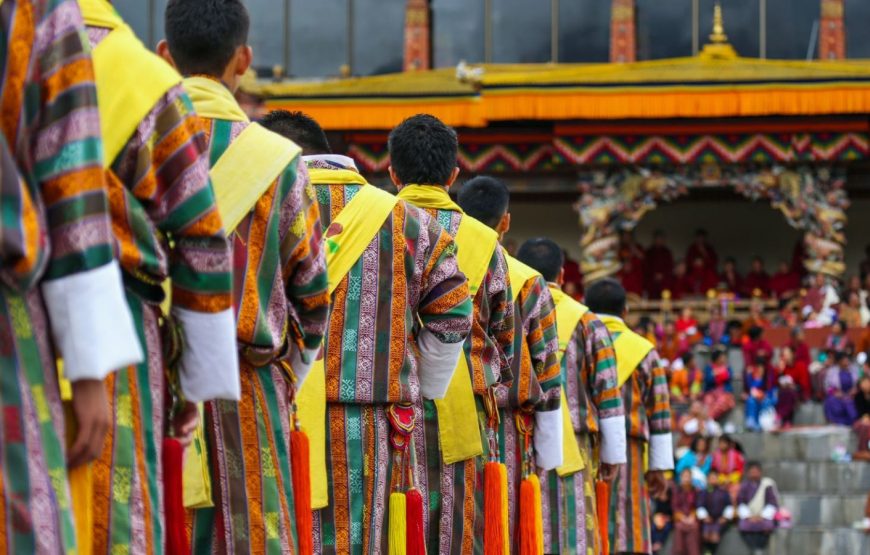
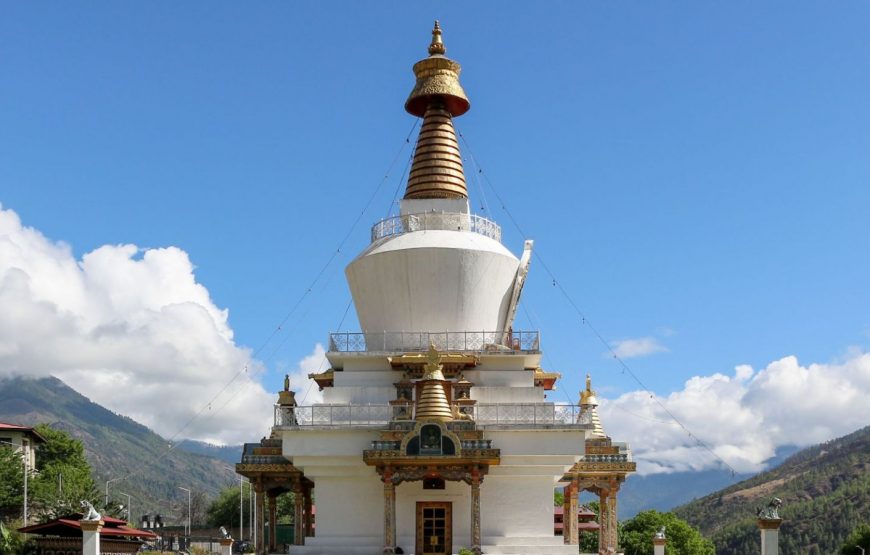
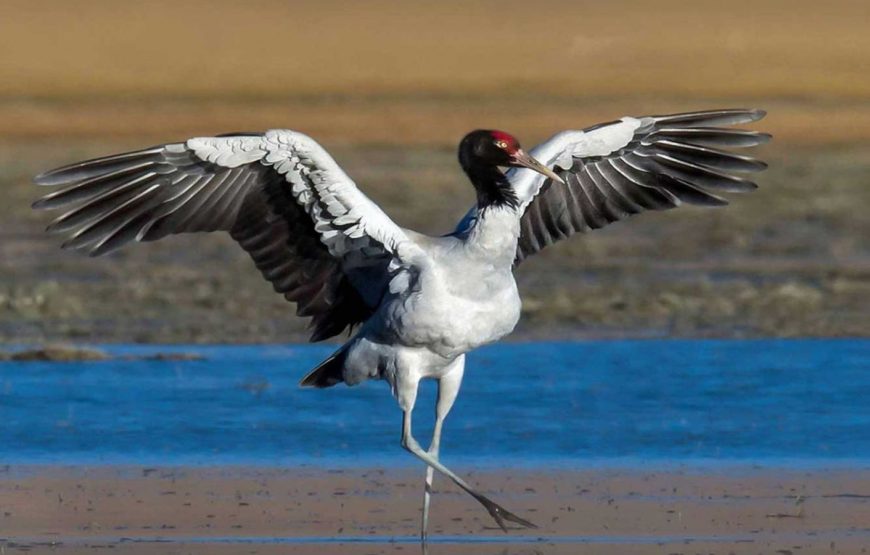


Birding in Bhutan
Nestling in the heart of the Himalayas and protected by a complex geography of high mountains and deep valleys, Bhutan is certainly one of the most mysterious countries in the world (Dompnier,1999).The intriguing yet profound tale of the transformation of this traditional kingdom, without losing out on its traditional norms and values while embarking on a modern course of development Chestnut-tailed Minla in the last half a century has been both a story of sustainable and progressive development in harmony with its natural environment.
Small and landlocked, to the north lies the great Tibetan plateau and to the south, the tropical Indian plains and jungles.
Today, the proportion of land under forest cover is 72.5%, including shrub forest (2008). The need to live in harmony with rather than against nature has never been illustrated better. When Global Warming is now an accepted universal “Inconvenient Truth,” the need to preserve, conserve and respect the air we breathe, © Hishey Tshering, Bhutanheritage.
Bhutan’s reverence for birds is even exhibited on the Royal Raven Crown of the Druk Gyalpo. The national bird is the Raven, and it was once a capital crime in Bhutan to kill one. Ravens are even know to nest in the walls of the nation’s monasteries and dzongs. Seeing one is always auspicious. The Wild Jungle Fowl, a common sight in Bhutan, lives pretty much the same way as it did hundreds of years ago. While the bird has been domesticated a long time back, in Bhutan they still live in the wild. These birds can be spotted dodging vehicles and darting off into the other brushes. The bird has survived man’s onslaught and
in Bhutan, still remains, the “Wild Jungle Fowl.” Look out for Violet Cuckoos too. These birds can be heard twittering and singing their signature tune. Its distinct call can be heard even in the larger towns like Thimphu where they now go “cuckoo” even if locating the bird itself calls for a lot of patience. Cuckoos are common in Bhutan and the Asian Highlands but are difficult to approach. Just as you think you are near them, their call comes from another direction. Be patient and move slowly, keep low and wait. When you actually see one, the feeling of seeing the bird behind the song is immense.
Plumbeous Redstart Rufous-bellied Niltava the earth we walk upon, the sun that nourishes all life and the ever dwindling environment has never been greater or urgent, as it is now. Birds in Bhutan can be found from the glacial alpine regions of the north to the sweltering tropics of the south. The geography and altitude is also the most diverse of bird habitats ever found in a single country. Endangered Black Necked Cranes winter in the temperate Phobjikha Valley highland marshes while the Rufous-necked Hornbill hides out in the lush tropical rain forests of the south. With an area the same as Switzerland, Bhutan seems much bigger because of its remoteness and extremely rugged terrain.
Rufous-vented Tit White-browed Rosefinch
The Great Pied Hornbill is the pride of the Asian Jungle. It is most unique among birds. At nesting time the male bird uses mud to seal its lifelong mate inside the trunk of a tree to incubate their eggs. This male bird then constantly feeds his mate through a small hole until their eggs hatch, then releases his new family. The Asian Hoopoe is known for its very amusing walk and call. Hoopoes bob and weave as they walk and freeze as they search the ground for worms and insects. Their “Hoo – Poe” call is distinct and unmistakable.
The Thrung Thrung Karm is the Black Necked Crane. Wintering in Bhutan’s Phobjikha Valley each year, the Bhutanese celebrate this endangered graceful craned with their own festival during the winter (November). The cranes return each spring to Siberia to hatch their young. To see the Black Necked Crane in its natural habitat is an experience to cherish. The fact that a festival is observed in its honour makes the realization even more poignant and urgent: that we must preserve and protect these beautiful winged creatures.
White-throated Kingfisher
Buddhism and its spiritually rich people are enterprising, pragmatic and delightfully humorous. They live in harmony with nature and have evolved a unique identity’ derived largely from a religious and cultural heritage.
Crimson Sunbird
Spot-winged Grosbeak
Sengor to Namling (3050m / 2360m):
An area of hemlock and cool broad leaf forests where one can view
Tragopans, Bar-winged Wrens and the fire-tailed Myzornis. Best
times for viewing are April to May.
Namling to Yongkhala (2360m / 1700m):
Cool and warm broad leaf forests host the Yellow-rumped Honey
Guide, Rufoused-Necked Hornbill, Laughing-Thrush, Coral Billed
Scimitar Babbler, and the Golden-breasted Fulvetta. Best view
times are November to early May.
Yongkola to Lingmethang (1700m / 650m):
Warm broad leaf forests towards the south are home to the Rufous-
bellied Hawk Eagle, Collarded Treepie, and the Yellow-vented
Warbler. Best time to visit: November to early May.
Black-necked Crane Kalij Pheasant
Narphung La to Deothang (1700m / 850m):
Warm broad leaf to subtropical forests allows viewing of Rufousnecked
Hornbill, Beautiful Nuthatch, and the Gold-naped Finch.
November to early May.
Deothang to Samdrup Jongkhar (850m / 250m):
Subtropical forests in the southern part of Bhutan are the home of
the Wreathed Hornbill, the rare Violet Cuckoo, Pied Falconet, and
the Greater Rufous-breasted Parrotbill. November to early May.
Mo Chhu Valley and Rimchu to the Jigme Dorji National Park:
Here warm broad leaf forests are the habitat of the rare Whitebellied
Heron, White-gorgoted Flycatcher and the Yellow-vented
Warbler. Best times are November to early May.
Mo Chhu Valley to Wangduephodrang (1300m):
The river just north of Wangduephodrang is an excellent area for
water fowl and migratory birds like the Bar-headed Goose, Eurasian
Wigeon, Oriental Dwarf Kingfisher, and the rare White Bellied
Heron.
Common Kingfisher
Gasa
Punakha
Thimphu
Wangduephodrang
Paro
Haa
Chukha
Trongsa
Jakar
Zhemgang Mongar
Trashigang
Samdrup Jongkhar
Gelephu
Established birding areas
Namling
Sengor
Yongkola
Narphung
Deothang
Rimchu
Damji
Tashitang
Koina
Jangothang
Dodina
Drugyel
Dzong
Phobjikha
Pelela Pass
Yotongla Pass
Thangbi
Dorokha
Zurphey
Manas
Nganglam
Some of the identified bird watching hotspots
Tashithang to Damji (Jigme Dorji Wangchuk National Park –
6-day trek)
This area’s 1-day trek is ideal for bird watching in April to early May.
View Ward’s Trogan and Lesser Shortwings in these warm broad
leaf forests.
Damji to Gasa (1700m / 2430m – 1-day trek):
A 2-day trek through warm broad leaf forests, home to the Black
tailed Crake and the Grey-sided Laughing Thrush.
Gasa to Koina to Laya (2700m / 3200m – 2-day trek):
Cool broad leaf forest mix with coniferous fir, spruce and juniper.
Birds at home here include the Bush Robin, Firetail Myzornis, Purple
Cochoa and the Gold-naped Finch.
Drugyel Dzong to Jangothang to Jigme Dorji Wangchuck
National Park (2580m / 4090m – 8-day trek)
Alpine area. Ideal for viewing the Tibetan Snowcock, Isisbill, Hima-
Layan Griffon and the Golden Eagle.
Bhutan is home
to one of the most
endangered bird
species in the
world, the Whitebellied
Heron
(Ardea insignis).
The discovery of
the rare Heron’s
nest in Kamichu
(Wangduphodrang)
has uplifted
birdwatchers in the
kingdom
White-bellied Heron
Cattle Egret
The forests above Dodina (2575m) below Cheri Lhakhang on
the trail towards Shodu, Thimphu Valley (Jigme Dorji Wangchuck
National Park)
A 45-minute taxi ride from Thimphu and you have Oak forests
where Spotted Laughing thrush, Fire-capped Tit, and Yellow-bellied
Flower picker thrive.
Phobjikha Valley (3050m)
Home to the endangered Black Necked Crane. The ideal time for
viewing is mid to late November during the Thrung Thrung Karm
festival which honours the revered birds.
Forests on the East-side of Dochu La Pass (3115m) along the
Pack Horse Trail
Fir, Rhododendron, Oak and Bamboo forests prime up in April to
May. It is ideal for viewing Satyr Tragopan, Rufous-breast Bush
Robin, Slender-billed Scimitar Babbler.
© Tourism Council of Bhutan
© Tourism Council of Bhutan
Forested Road over the Pele La Pass (3390m)
Habitat Fir, Rhododendron and Bamboo forests come full bloom
in April to May where Brown and Green Parrotbills, Marron-backed
Accentor reside visibly.
Forested Road over the Yotong La Pass (3520m)
Fire-tailed Myzornis, Great Parrotbill and Yellow-bellied Bush Warbler
nestle the Fir, Rhododendron and bamboo forests during April
and May.
Bumthang Valley (2600m)
Isisbills and migrant birds flock home to the broad-fields and riverareas
during March – May and October – November.
Toorsa River, Phuentsholing (150m)
Various migratory birds from Tibet rest here at the banks of the
Toorsa during November to April.
Chestnut-bellied Rock Thrush
© Tourism Council of Bhutan
Bhutan Trekking are carefully planned and tailor made by our tour experts who have done hundreds of trekking tours. All our trekking tours are flexible and can be changed as per the desire of the clients. We specialize in customizing itineraries according to our guest’s choice of date, time and place so that they can spend more time in the places doing the activities that they are interested in. This Bhutan Trekking Tour can be done all year round.
All accommodation will be in 3,4 and 5 star hotels of Bhutan as per your requirement.
Bhutan Trekking Tour cost during Peak Seasons. (March, April, May, September )
The tour cost starts from US$10540.00 per person. The exact cost will depend on number of people travelling in Groups.
Please Note: Children below 5 years will not be eligible for GROUP SIZE DISCOUNTS, DURATION DISCOUNTS and SUSTAINABLE DEVELOPMENT FEE FREE ZONE DISCOUNT and All Children and Students will not be eligible for DURATION DISCOUNTS
Your visa must be processed by a licensed Bhutanese tour operator as it will be verified by the Tourism council of Bhutan (TCB) and Ministry of Foreign Affairs.
Bhutan does not have any direct flights from USA, Canada and European nations. In the event that you wish to venture out to Bhutan from USA, Canada or any European countries, you need to travel to Delhi/Kolkotta in India or Kathmandu in Nepal or Singapore or Bangkok to interface your trip into Bhutan.
Direct flights to Bhutan:
On a direct flight, it takes about 2 hours and 20 minutes to reach Bhutan from Delhi.
It takes about an hour to reach Paro airport from Kolkata.
It takes approximately 1 hour and 20 minutes to reach Bhutan from Guwahati including transfers. But the quickest flight to Bhutan from Guwahati is the direct flight which takes about 50 minutes to reach the Paro Airport.
It takes just 1 hour to fly to Paro from Bagdogra by flight. You can take a direct flight to Paro from Bagdogra airport.
Less